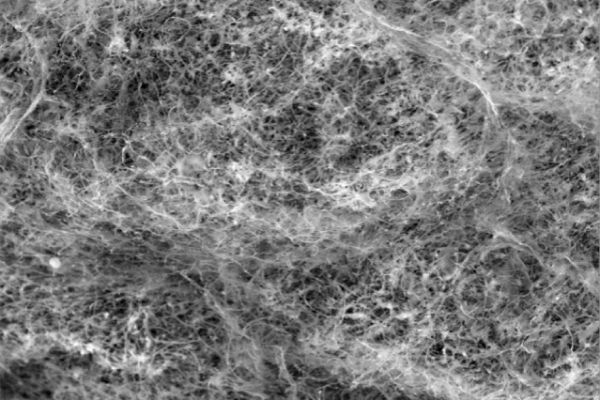More than 200 square meters of our bodies — including the digestive tract, lungs, and urinary tract — are lined with mucus. In recent years, scientists have found some evidence that mucus is not just a physical barrier that traps bacteria and viruses, but it can also disarm pathogens and prevent them from causing infections.
A new study from MIT reveals that glycans — branched sugar molecules found in mucus — are responsible for most of this microbe-taming. There are hundreds of different glycans in mucus, and the MIT team discovered that these molecules can prevent bacteria from communicating with each other and forming infectious biofilms, effectively rendering them harmless.
“What we have in mucus is a therapeutic gold mine,” says Katharina Ribbeck, the Mark Hyman, Jr. Career Development Professor of Biological Engineering at MIT. “These glycans have biological functions that are very broad and sophisticated. They have the ability to regulate how microbes behave and really tune their identity.”
Read more at Massachusetts Institute of Technology
Image: A scanning electron microscope (SEM) image of the polymer network that makes up mucins. Image courtesy of the researchers


